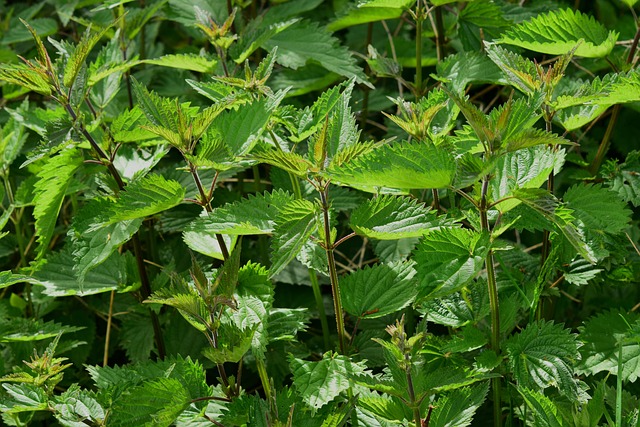In the serene embrace of nature, herbs have long stood as symbols of healing and sustenance. Their aromatic presence adds flavor to our meals, their medicinal properties serve as remedies for various ailments, and their essence evokes a sense of tranquility. Yet, the relentless march of deforestation poses a grave threat to these invaluable resources, leading to the alarming loss of herbs that many communities rely on. As forests are cleared for agriculture, urban development, and logging, an entire ecosystem is disrupted, erasing not only these botanical treasures but also the cultural heritage intertwined with them.
As we delve deeper into the consequences of climate change, the loss of herbs emerges as an often-overlooked aspect of this pressing crisis. Each tree felled not only diminishes the forest’s capacity to sequester carbon but also dismantles the intricate web of life that supports thousands of herbaceous species. According to various studies, nearly 400 plant species are found to be at risk due to habitat loss, with many of these serving as the foundation for traditional medicines and foods across diverse cultures.
The environmental ramifications are dire. Herbs play a crucial role in maintaining biodiversity and ecological balance. They provide habitats for numerous pollinators and insects, contributing to a functioning ecosystem that supports the survival of other plants and animals. The loss of herbs, therefore, extends far beyond simply reducing the number of available plants; it disrupts food chains and threatens the very fabric of life in these biodiverse regions. For local communities relying on these plants for their livelihoods, the repercussions can be devastating, leading to food insecurity, loss of income, and a break in tradition.
Moreover, the journey towards recovering from the loss of herbs is fraught with challenges. Restoring a deforested area is not as straightforward as planting new trees. It requires a balanced approach, where the native herb species are emphasized, and local community knowledge is integrated to foster a sustainable living environment. The gradual decline of herbal resources also affects climate resilience. As we navigate through changing weather patterns and increasing temperatures, the resilience once provided by abundant herbal diversity dissipates. Therefore, the fight against climate change should not solely focus on emissions and energy; it must also include a commitment to preserving our vital plant resources.
This overlooked consequence of climate change signifies a call to action. As individuals, we must advocate for policies that prioritize conservation and sustainable practices. Supporting local farmers who engage in regenerative agricultural approaches can help ensure that we safeguard our natural resources. Additionally, fostering awareness about the importance of herbs, both in culinary and medicinal contexts, can ignite passion for preservation. It’s about creating a future where herbs continue to flourish, enriching our lives instead of fading into memory.
In a world that often overlooks the intrinsic value of our natural resources, we can no longer afford to ignore the profound impact of deforestation on the loss of herbs. Understanding and addressing this connection is vital not only for preserving our environmental heritage but also for securing the health and well-being of future generations. Together, we can nurture a renewed appreciation for the herbs that grace our plates and heal our bodies, ensuring they do not slip away silently into the annals of history.




